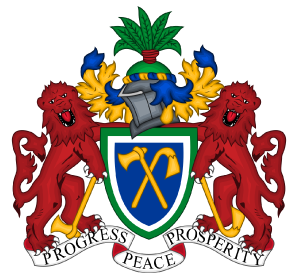A brief history of The Gambia…
History
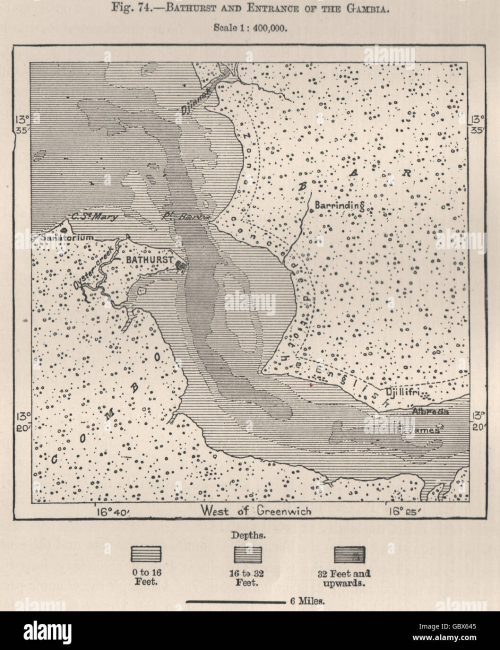
1651-1661
The first written accounts of the West Africa region came from records of Arab traders in the 9th and 10th centuries AD, who established the trans – Saharan trade route for slaves, gold and ivory. The Portuguese took over this trade using maritime routes in the 15th century. At that time, The Gambia was part of the Mali Empire. Between 1651 and 1661 part of Gambia was (indirectly) a colony of Polish-Lithuanian Commonwealth. The Colanders settled on the Kunta Kinteh Island (James Island), which they called St. Andrews Island and was used as a trade base from 1651 until its captivity by the British in 1661
1783
The 1783 Treaty of Paris gave Great Britain possession of The Gambia, but the French retained a tiny enclave at Albreda on the north bank of the river, which was finally ceded to the United Kingdom in 1857. It is believed that as many as three million slaves may have been taken from the West Africa region during the three centuries that the transatlantic slave trade operated. Slaves were initially sent to Europe to work as servants until the market for more labor was expanded in the West Indies and North America in the 18th century
1807-1970
It is believed that as many as three million slaves may have been taken from the West Africa region during the three centuries that the transatlantic slave trade operated. Slaves were initially sent to Europe to work as servants until the market for more labor was expanded in the West Indies and North America in the 18th century. In 1807, slave trading was abolished throughout the British Empire and the British tried unsuccessfully to end the slave trade in The Gambia. They established the military post of Bathurst (now the capital city, Banjul) in 1861. In 1888, The Gambia became a separate colonial entity. A year later an agreement with France established the present boundaries and The Gambia became a British Crown Colony, divided for administrative purposes into the colony (city of Banjul and the surrounding area) and the protectorate (remainder of the territory). During World War II, Gambian troops fought with the Allies in Burma. Banjul served as an air hub for the U.S. Army Air Corps and a port of call for Allied naval convoys. U.S. President Franklin D. Roosevelt stopped overnight in Banjul en route to and from the Casablanca Conference in 1943, marking the first visit to the African Continent by an American president whil The Gambia achieved independence on 18th February, 1965, as a constitutional monarchy within the Commonwealth. Five years later, on the 24th April, 1970, The Gambia became a Republic within the Commonwealth, with Sir Dawda Kairaba Jawara as the first Prime Minister and head of state.
1994-2017
A military coup in 1994 deposed President Jawara, who has been in power for 32 years (since becoming prime ministers in 1962). Yahya Jammeh remained Head of State since 1994 to January 2017.
2017
Yahya Jammeh lost to Adama Barrow in an election that was followed by high tension requiring the intervention of ECOWAS troops to force him to accept and step down. Adama Barrow is the current democratically elected and siting President.
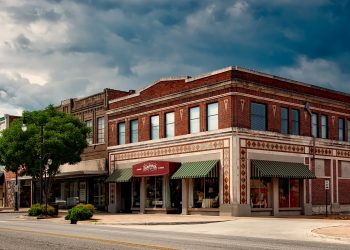
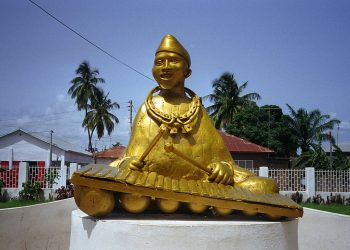
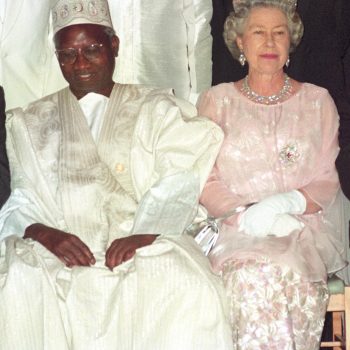
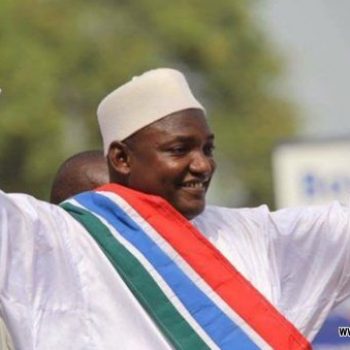
Contact
The Gambia High Commission in Senegal-Dakar
Villa No. 128, Cite des Jeunes Cadres – Yoff Toundoup Rya, B.P 3248 Dakar, Republic of Senegal
Official Email: gambiaembassydakar@gmail.com
Official Telephone Contact : (+221) 33 820 11 98
Fax: (+221) 33 820 10 56
Official working hours
Monday – Thursday: 09:00hrs – 16:00hrs
Friday: 09:00hrs – 12:30hrs
Saturday, Sunday and Holidays: Closed
